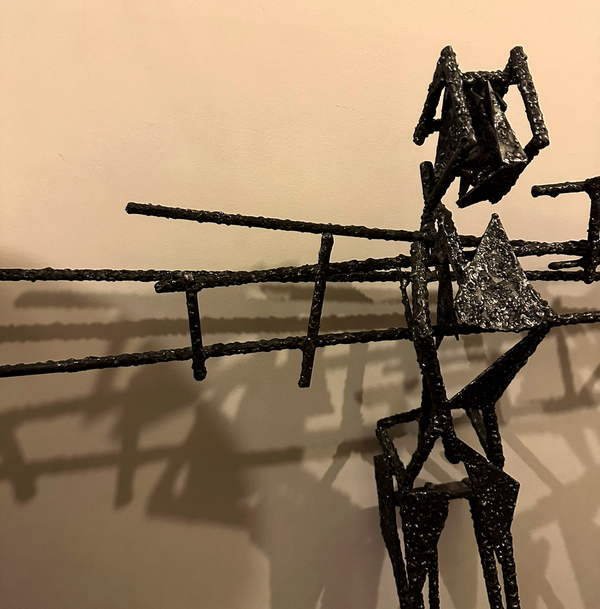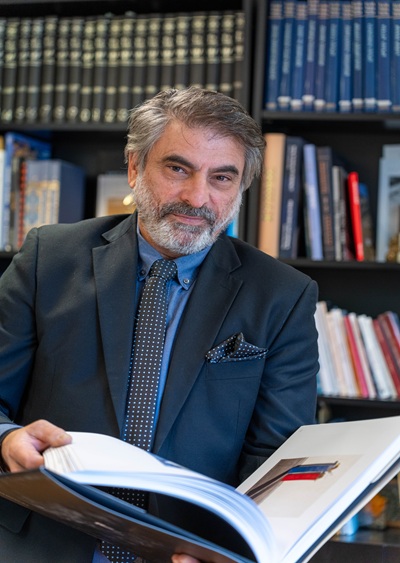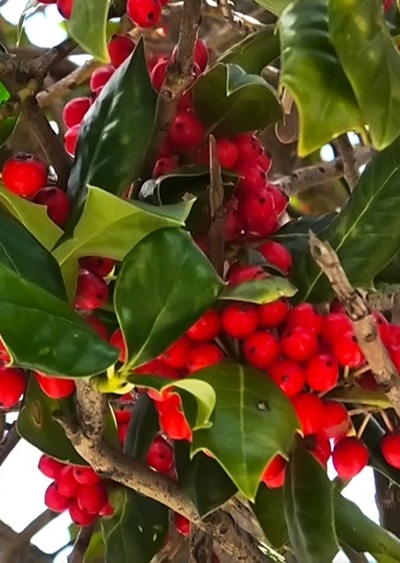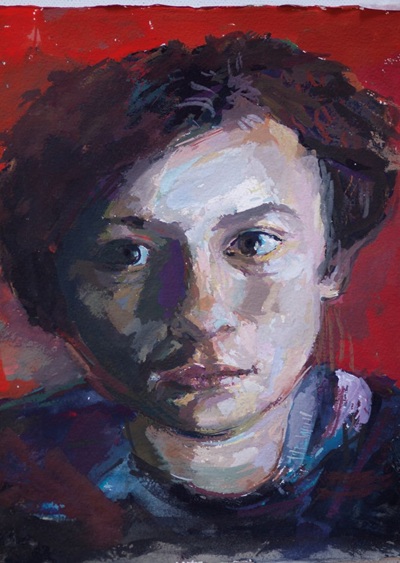
Form is isomorphic in visual language with shape and ultimately with the form of the art object. Content is produced by form and vice versa. But what does a form enclose? The void is a fundamental dimension of its existence. Like Heidegger’s vase existing through the void or else the void is the drawing of the vase. The confrontation with the question of emptiness in relation to the aesthetic experience of any form, then, involves the characteristics of a dialectic of the aesthetic with the form and multiplicity of the produced object, which we call a work of art. From representation to conceptual logic, and through the freedom of the non-catholicity of aesthetics in the measure of an exhibition containing the contradiction of the above relations, the concept of emptiness is defined through the visual language.

The void as the spatiality of empty space, the void as a philosophical consideration, and the void as a representation of the structural lack of the subject that no object “covers”. The empty exhibition space welcomes heteromorphic objects that over-define the void either as inverted versions of a discourse of “flight” as a concept of the intermediate void in William Blake’s poetics through the image of the fly as fly-flight (Kontosfaris), the metallic drawing of the archetypal cross as another emptiness (Sendzas) and finally in the installation-concept that re-conceptualizes space as the body-of-the-void (Alexandrou). The “raised fists” in his work as a repetitiveness of a necessary signifier, that of rebellion, create with the barcode they bear and which is at the disposal of the viewer to be led to the “kryptonome”, a “blank shape” of the subject that rebels, but which invites us at the same time to seek another identity.
G.Mitrou, curator
Opening hours: Tue, Fri, Fri: 12.00 – 20.00 / Wed, Sat: 12.00 – 15.00
04.05 – 31.05.2023
Tsimiski 52, Thessaloniki, Greece







Leave A Comment